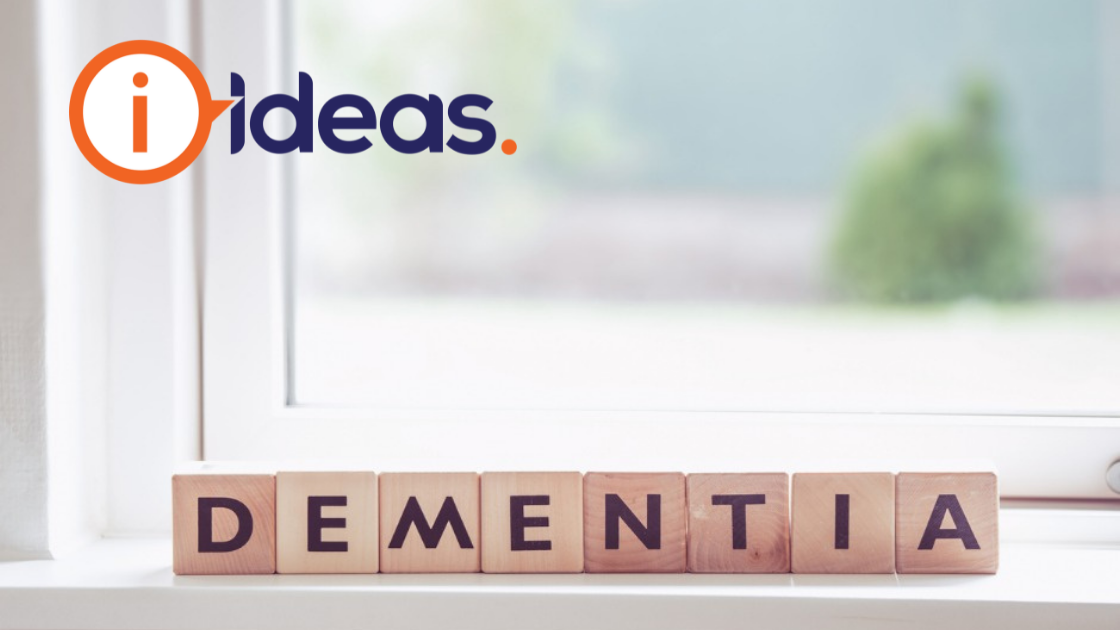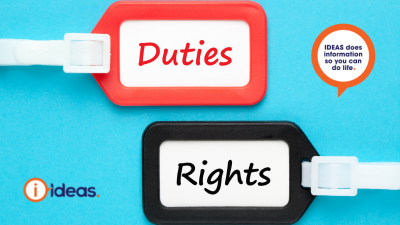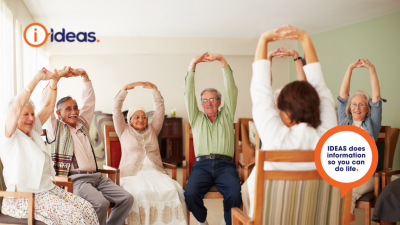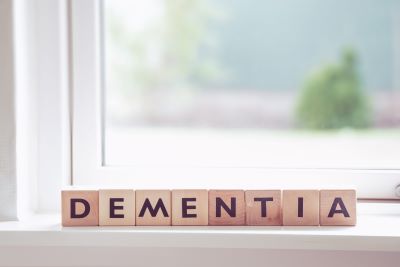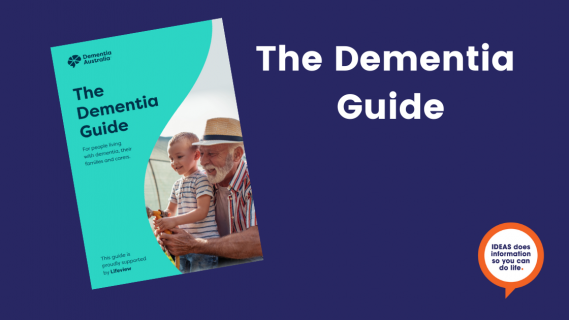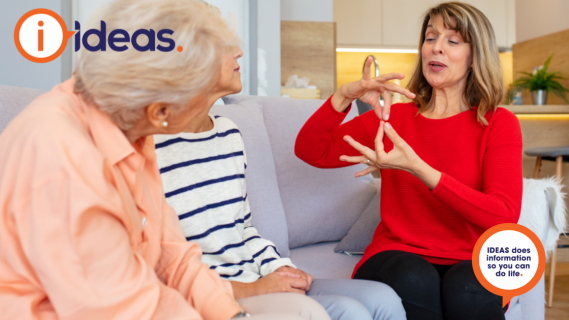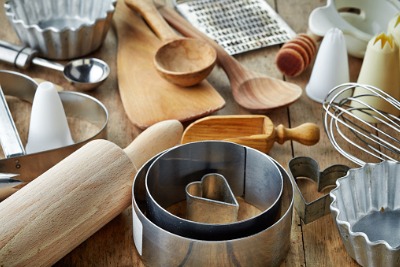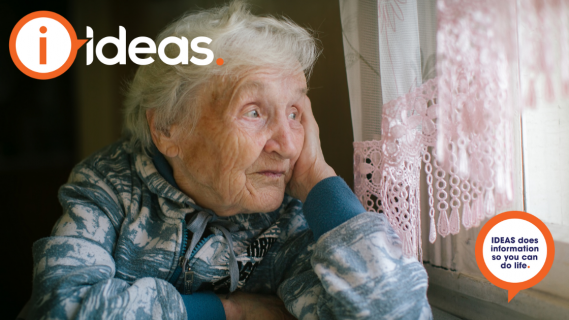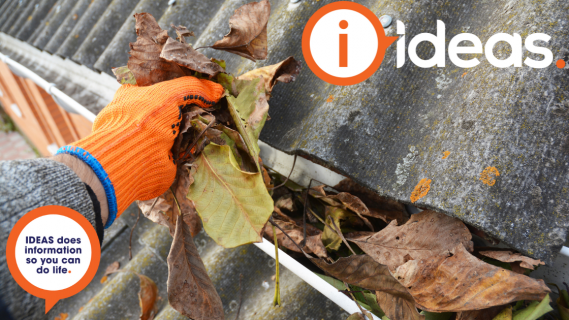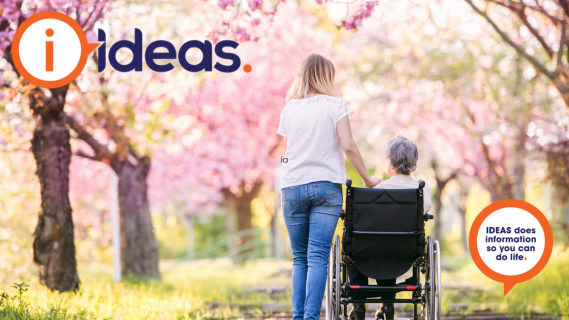Creating a home environment that is safe and promotes independence for someone with dementia can be a challenging task. However, by understanding how dementia affects someone, the house can be altered accordingly to ensure that the person is able to perform everyday tasks as safely and independently as possible.
So how do you set up your home to meet the needs of someone with dementia? First, we need to understand how dementia affects the person and their ability to safely perform everyday tasks around the house.
Some key symptoms of dementia that can affect someone’s ability to perform everyday tasks around the house include:
- Confusion
- Disorientation
- Memory loss
- Depth perception
- Loss of strength
- Co-ordination problems
Have a walk around your house with these symptoms in mind and consider how someone with dementia may view the different areas of the house.
As you walk around, take notes of any hazards and write down ways to minimise them. It is also important to do this after dark, as there will be additional hazards at night time that are not as apparent during the day.
General Tips
- Keep the house consistent in its layout/design, minimising confusion
- Maintain a clean and decluttered house, especially in walkways
- Use glow in the dark tape to mark the edges of steps/stairs
- Arrange furniture in a simple design
- Choose safe heating options (e.g. don’t use bar radiators)
- Replace slippery floor rugs
- Don’t place mirrors on walls as they generate confusion
- Have plain wallpaper/paint – patterns on walls can be confusing
Now let’s take a look some ways to minimise hazards in specific sections of the house.
The Kitchen
With knives, hot stoves, small appliances and food (which can sometimes be rotten) being common kitchen items, it is one of the more dangerous rooms in the house for someone with dementia.
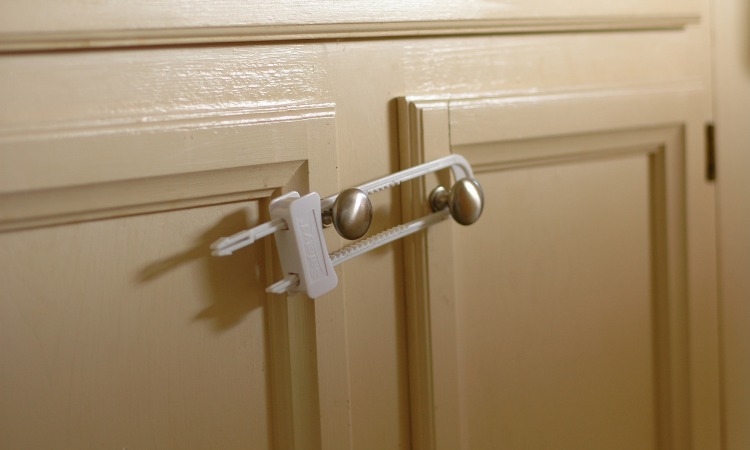
Caption: Example of a child lock securing kitchen cupboards. A great way to store potentially harmful items such as knives and small electrical appliances.
To ensure that your kitchen is appropriately set up for someone with dementia, you may need to:
- Place knives and dangerous electrical appliances in a locked cupboard (e.g. use a child lock)
- Regularly check that food is fresh and not mouldy (e.g. check expiry dates)
- Place step by step instructions next to small appliances that they are able to use
- Remove or cover stove knobs
- Have an automatic turn off device installed for the stove/oven
The Bedroom
Some tips for creating a safe environment in the bedroom include:
- Placing a nightlight in the room to help the person safely navigate at night time
- Keep the bedroom clean and uncluttered
- Electric blankets and hot water bottles may be a safety hazard
- Keep the design simple and consistent
Also, depending on the person, you may need to consider placing a lock on your own bedroom door to keep hazardous items out of reach (especially if you have a messy room), and this will also ensure that you have some privacy whilst in your bedroom.
The Garage or Shed
The garage or shed can be full of potentially harmful items, such as sharp and dangerous tools.
Some ways to minimise safety hazards inside the garage or shed include:
- Place power tools in out of reach places or in a lockable storage cupboard/container
- Place small tools, such as screwdrivers and spanners, in a lockable tool box
- Keep the garage clean (e.g. oil on the ground can be a slip hazard)
- Keep it as decluttered as possible
- Remove any car fluids from sight (e.g. engine oil)
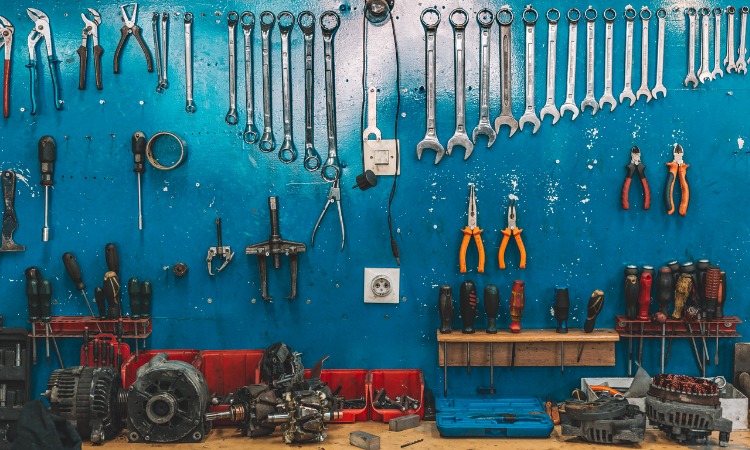
Image caption: Image shows some of the potentially harmful tools commonly found in a garage or shed. It is important to ensure that your loved one with dementia cannot easily access these.
If you have a shed, the easiest way to eliminate/reduce the safety hazards inside is to keep it locked when it is not being used. However, this may not be possible for a garage, especially if it is attached to the house and is regularly used.
The Bathroom
Some tips for making a safe environment in the bathroom include:
- Place any medicines in a lockable cupboard or lockbox
- Install a ground fault circuit interrupter for outlets in the bathroom so that they safely shut off if they become wet
- Place rubber mats in the shower and bath areas to help with balance
- Install grab bars where necessary
- Keep sharp razors (shaver) or other objects out of reach
It is important to note that the degree of the symptoms will vary greatly between people with dementia. This means that some of the information provided here may be unnecessary for the person you care for, or in other cases, further steps may be necessary than what is discussed here.
Related resources:
Dementia - A Life Worth Remembering
Information sourced from:
Dementia AustraliaAARP

